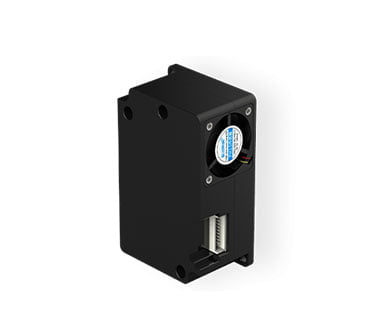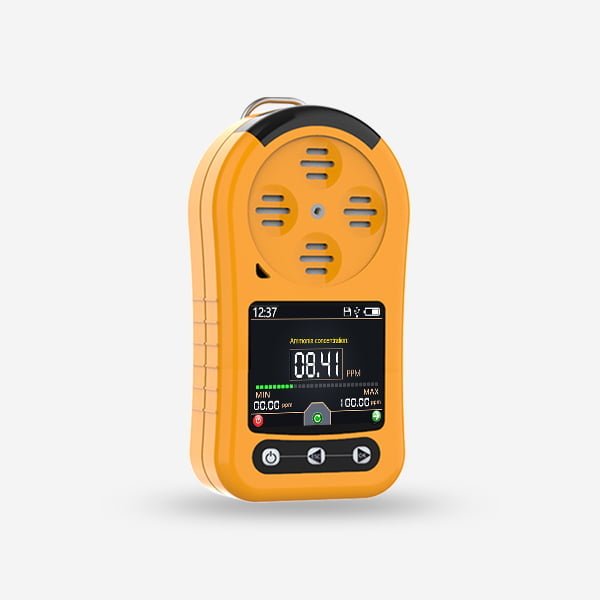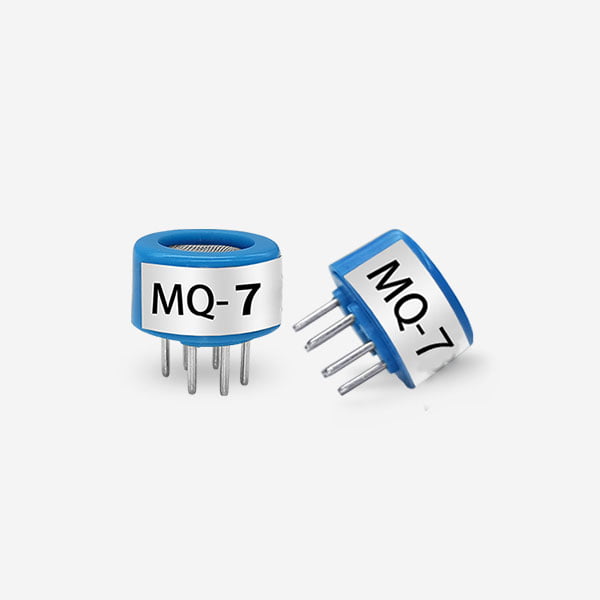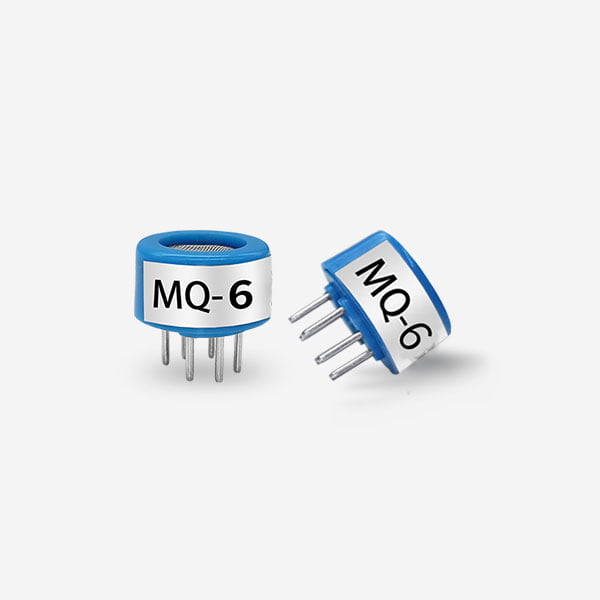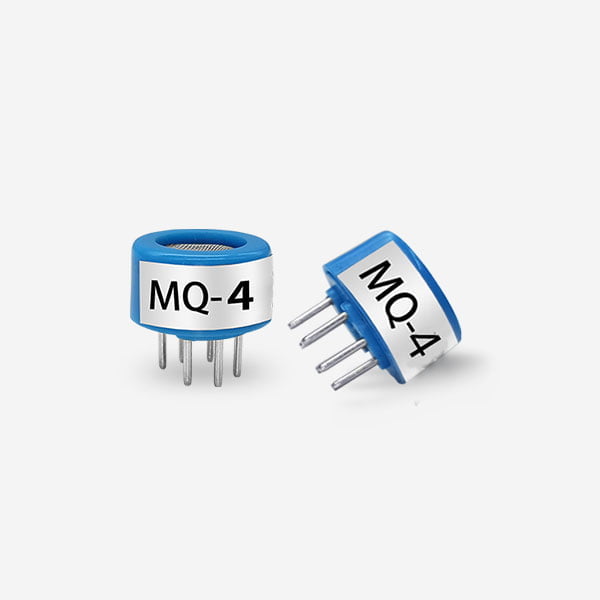Understand PH3 sensor
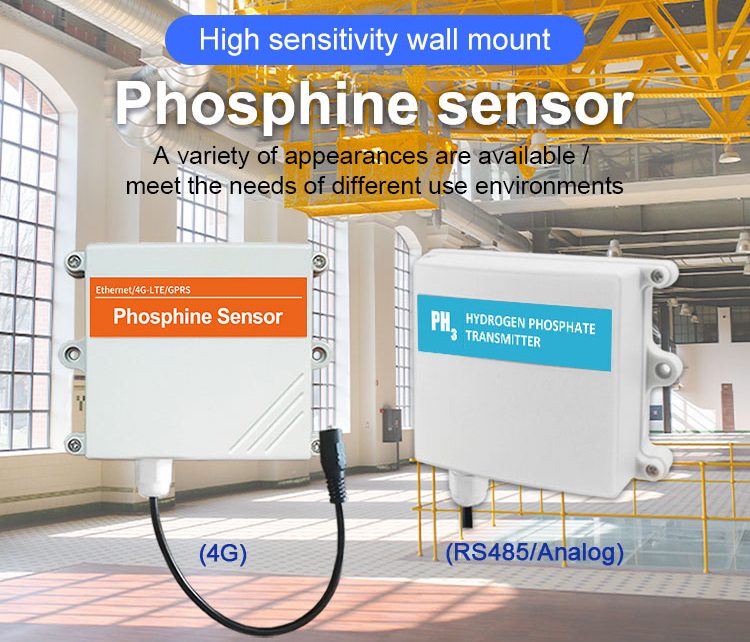
PH3 gas sensor is a gas sensor using electrochemical electrochemical detection principle to detect phosphine gas concentration in the environment. The phosphine sensor built-in electrochemical sensor, with high sensitivity, accurate measurement, no fear of condensation, strong anti-interference, stable performance and other characteristics. The PH3 sensor supports a variety of signal outputs such as RS485/4-20mA/0-5V/0-10V/NB-IoT/LoRa/WIFI/ Ethernet to meet the needs of non-use environments. Wireless transmission, no wiring, low power consumption, stable performance.
PH3 gas sensor Features
1. Beautiful appearance, small size and easy installation;
2. Fast response speed and high measurement accuracy;
3. Strong anti-interference ability;
4. Reasonable structural design and stable performance;
5. Full-scale calibration output, good consistency;
6. International standard internal wiring and external installation.
7. Range 0-20ppm/0-2000ppm, other ranges can also be customized.
8. On-site power supply adopts a 12~24V DC wide-voltage power , which can adapt to a variety of on-site DC power supplies.
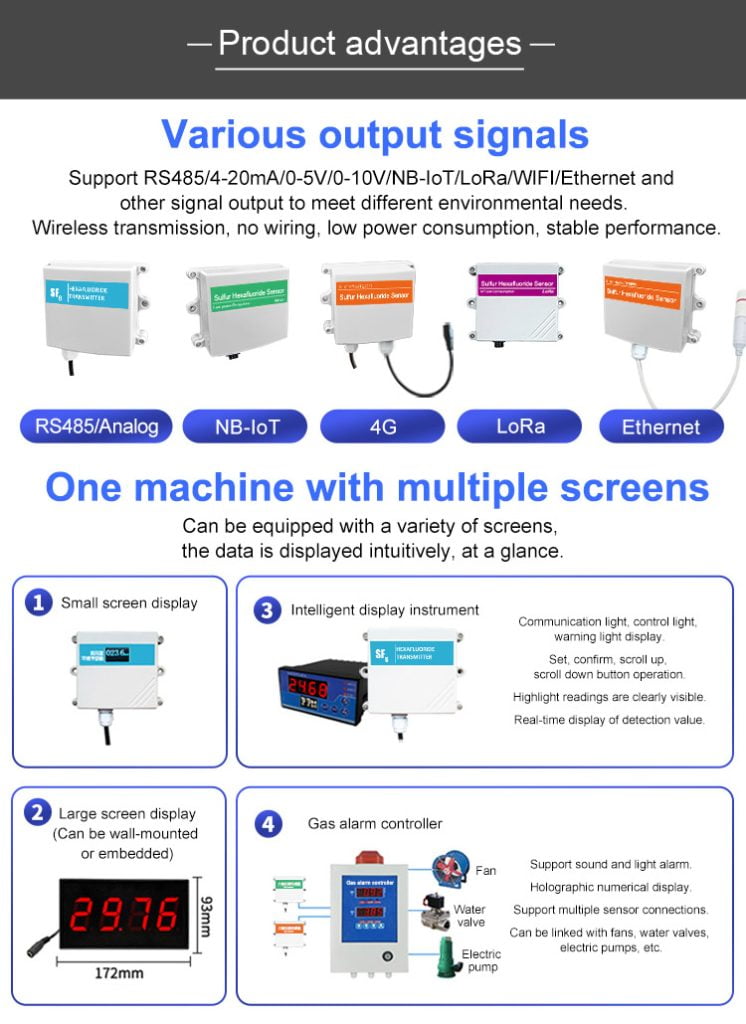
PH3 gas sensors video
PH3 sensor Parameters
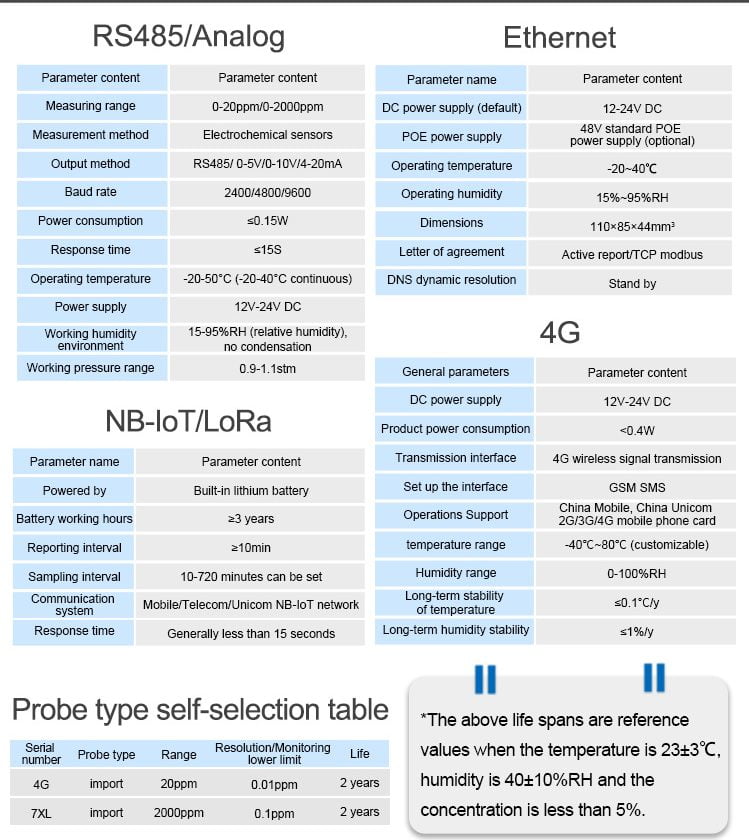
FAQs
What is phosphine gas?
Phosphine, an inorganic compound with chemical formula PH3, is a colorless, highly toxic and flammable liquefied compressed gas stored in cylinders. Pure phosphine gas IS colorLESS and odorLESS, but when phosphine is produced from METAL phosphines it often smells of acetylene or garlic or rotten fish. If encountering trace hydrides of other phosphorus such as eophosphine, it will cause spontaneous combustion. Inhalation of phosphine can affect the heart, respiratory system, kidneys, stomach, nervous system and liver.
What is phosphine gas sensor?
Phosphine sensor is suitable for all kinds of environment and special environment in the volatile organic phosphine gas concentration and leakage, online detection and field sound and light report The instrument adopts imported electrochemical sensor and microcontroller technology, which has the advantages of stable signal, high precision and good repeatability. The explosion-proof wiring mode is suitable for all kinds of dangerous places.
What are the hazards of phosphine gas?
Hazard 1: Inhalation of phosphine can affect the heart, respiratory system, kidneys, stomach, nervous system and liver. Any excessive exposure to phosphine and its by-products requires immediate medical attention.
Hazard two: phosphine is a highly toxic substance, which is mainly inhaled through the respiratory tract. Phosphine entering the body is distributed to various organs and tissues of the body through the blood, with the highest content in liver, kidney and spleen. Phosphine is metabolically broken down in the body and eventually excreted in the urine as inorganic phosphorus and phosphate. A small amount of phosphine is exhaled through the lungs in its original form.
Harm three: The toxic effect of phosphine is mainly to damage the central nervous system and liver, kidney, heart and other parenchymal organs.
Hazard four: The characteristic of phosphine poisoning is that it does not stimulate the respiratory mucosa under the condition of inhalation and directly lead to acute poisoning death.
Hazard five: long-term exposure to low concentration phosphine can lead to dizziness, headache, insomnia, weakness, nausea, loss of appetite, dry nose, hypoolfaction and other symptoms.
